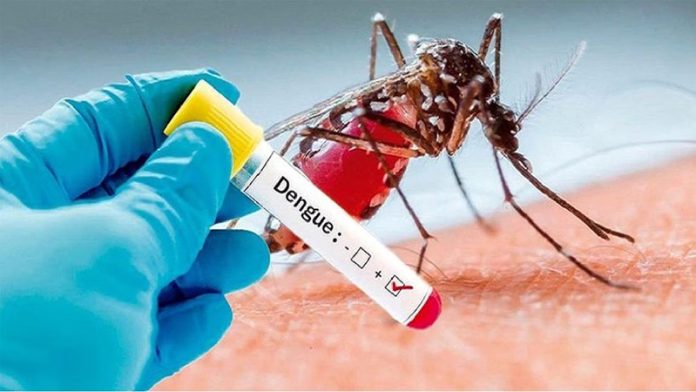The surge in dengue cases across Jammu and Kashmir has sparked concern, with nearly 1,000 cases reported, the majority of which are concentrated in the Jammu district. With over 60 percent of these cases stemming from Jammu, particularly from urban centres, the situation demands swift action and vigilant public cooperation. While the Health Department and Jammu Municipal Corporation have ramped up fogging and other preventive measures, the dengue menace cannot be tackled effectively without widespread public participation and a concerted effort to eliminate breeding grounds for mosquitoes. The recent outbreak in J&K, especially in urban areas like Muthi, Vinayak Nagar, Roop Nagar, and others, is alarming, with 669 cases reported from the Jammu district alone. Although the disease has spread to other districts such as Samba, Kathua, and Udhampur, the concentration of cases in densely populated areas highlights the need for focused and comprehensive interventions in these zones.
The Health Department, along with the JMC, has responded with urgency to the crisis. Fogging operations in high-risk areas have intensified to destroy mosquito breeding sites. Though this year’s numbers, while concerning, are still lower than previous years, the outbreak year after year is a matter of concern. Fortunately, no deaths have been recorded this year. While institutional responses are critical, they alone cannot eliminate the dengue threat. Public health initiatives like fogging and spraying are only effective if supplemented by active community participation. Dengue mosquitoes breed in stagnant water, which can be found in household appliances and construction sites. Despite regular warnings, public awareness about the significance of eliminating stagnant water appears to be inadequate.
The recurring dengue outbreaks in J&K are a grave concern, with a primary catalyst being the prolonged and haphazard digging associated with the Smart City Projects. These excavation sites are left exposed for months without any substantial effort to close them or hold those responsible accountable. The failure to impose punitive measures exacerbates the situation. Moreover, the delayed initiation of fogging operations is a critical oversight. Fogging should be a preemptive measure, not a reactive one-waiting until an outbreak to act is both negligent and reckless. Year after year, the same failures are repeated, with no lessons learnt. Preventive and punitive measures are the keys. Aside from token advertisements, there is a glaring absence of punitive action or accountability. This disjointed response leaves the public to bear the brunt of the crisis, while already strained health services buckle under the pressure. Urgent, aggressive interventions are required. The current laissez-faire approach to public health has to be shunned. Decisive action and rigorous enforcement to prevent further suffering is the need of the hour.
One of the most pressing challenges in handling outbreaks like dengue is the capacity of the healthcare infrastructure to respond adequately. As of now, 11,254 tests for dengue have been conducted in J&K, out of which 1,056 returned positive. The ability to test suspected cases quickly is crucial for early detection. Moreover, rural areas, though currently less affected, must not be overlooked.
Most importantly, long-term strategies should be considered to mitigate future outbreaks. Dengue, like other vector-borne diseases, is influenced by environmental factors. The onset of monsoon and post-monsoon seasons typically coincides with an increase in mosquito populations, underscoring the importance of preemptive measures before peak transmission periods. Urban planning and waste management are key areas where improvements can make a lasting impact. Poor drainage systems, uncollected waste, and inadequate water management in cities contribute to the persistence of mosquito breeding sites. Municipal authorities must ensure that these issues are addressed systematically, with particular attention given to densely populated areas where the risk of transmission is highest. The stark reminder is that public health crises require both top-down interventions and bottom-up participation. Collaboration efforts between civil society, Government institutions, and the public can create an environment where dengue outbreaks are less likely to occur and, when they do, are swiftly contained.
Trending Now
E-Paper




